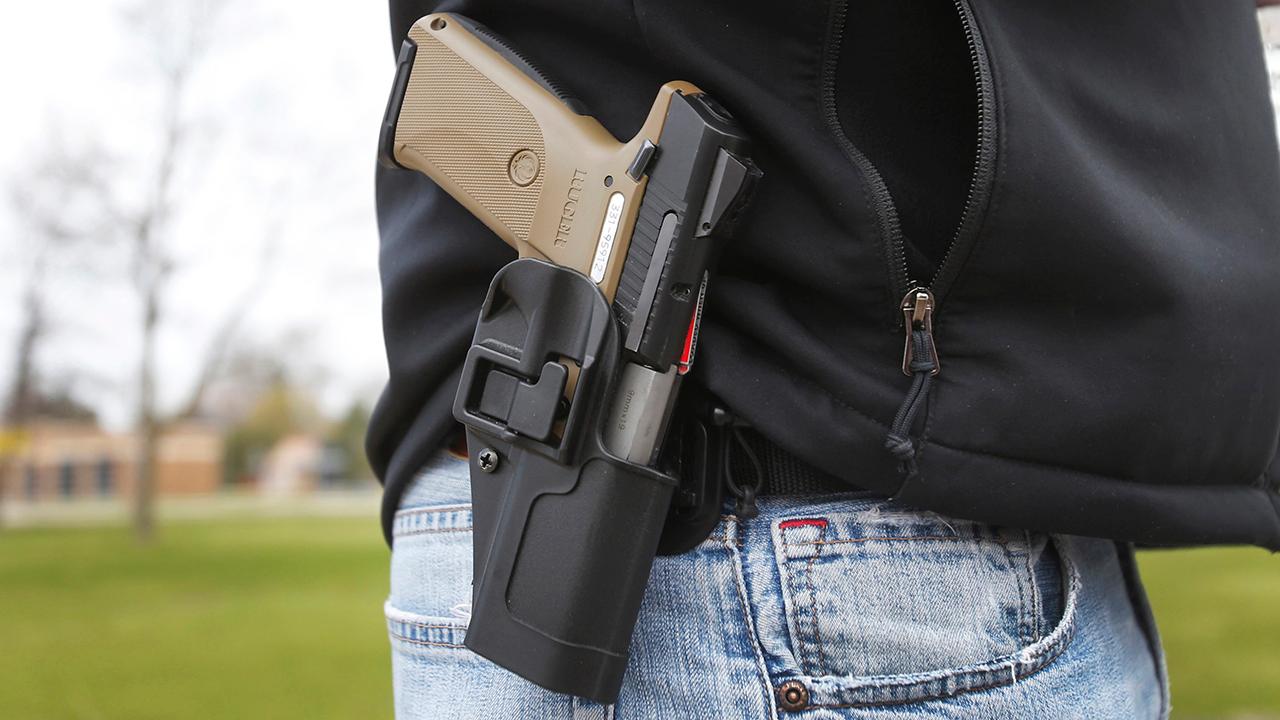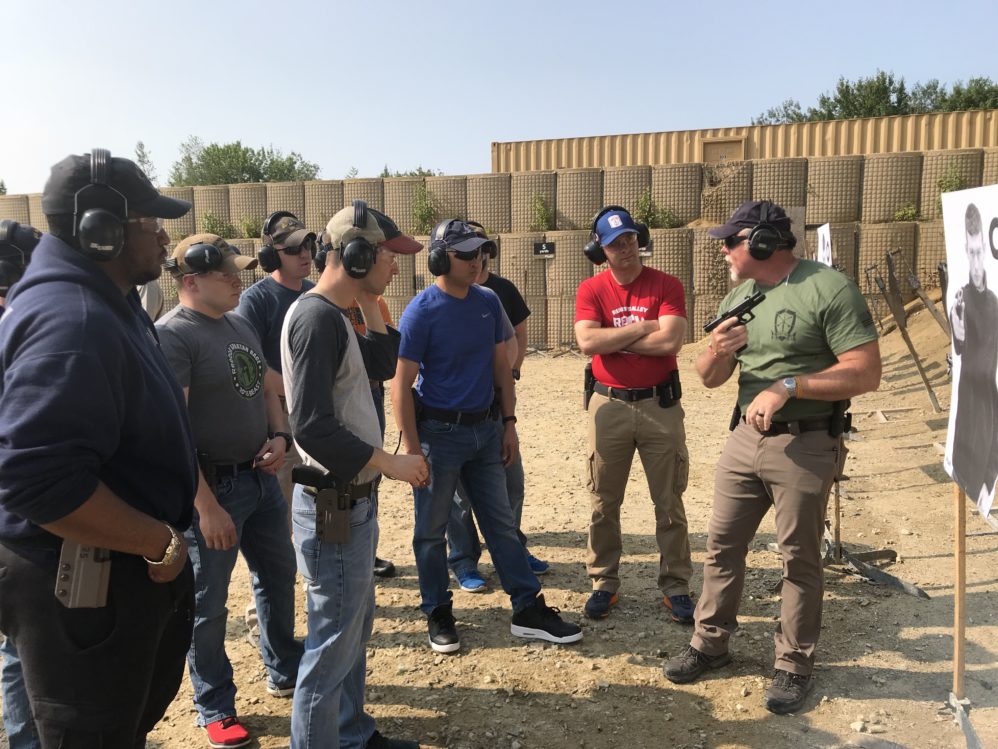These are the changes Republicans should make to federal gun laws, once they again hold the White House and both houses of Congress.
During his presidential campaign, Donald Trump said previous Republicans had made big promises to get votes and failed to deliver, but that he would be different. Appealing to America’s 100 million gun owners, he argued against two elements of Democrats’ civilian disarmament agenda: “universal” background checks, which Democrats hope to transform into a federal gun registry that can be used to enforce gun confiscation, and a ban on semi-automatic rifles Democrats call “assault weapons.”
However, several weeks ago Trump and several Republicans in Congress said they were considering giving in to Democrats on both counts.
For various reasons, perhaps including his waffling on guns, it is not certain that Trump will be reelected in 2020. But if he stops listening to members of his family who support gun control, if the Republican Senate quashes Democrats’ gun schemes, if Trump is reelected, if the Republicans hold the Senate, and if they re-take the House of Representatives—a lot of ifs—he and the Republicans could change federal gun laws for the better.
Aggressively pursuing these changes and explaining to the American people why the changes are warranted would help protect the right of the people to keep and bear arms. By now, supporters of that right should have figured out that they will never win the war to protect it if they remain catatonic when the opportunity to pass good laws exists, then cower when Democrats and the liberal-left media attack in the minutes, hours, and days after a high-profile crime involving a gun.
‘The Best Defense Is a Good Offense’
Consider the decision of the Supreme Court in District of Columbia v. Heller (2008), a case that challenged the District’s bans on handguns, having a gun in operable condition within one’s home (thus preventing its use for self-defense), and carrying a gun within one’s home without a permit (which D.C. would not grant), and which asked the court—for the first time in its history—to expressly state whose right to keep and bear arms the Second Amendment protects.
The court explained at great length why the amendment protects “the individual right to possess and carry weapons in case of confrontation” and “extends, prima facie, to all instruments that constitute bearable arms.” There might not have been a fifth vote on the court for that decision if not for two independent offensive strategies that preceded it by a generation.
The first, which began in earnest in the early 1980s with the research of the late civil rights lawyer Don B. Kates and Second Amendment scholar and attorney Stephen Halbrook, but has since included contributions by dozens of other law professors and constitutional scholars, was a series of law review articles and books that detailed the amendment’s history.
These efforts, many of which are online at the Guncite Second Amendment Law Library and some of which were cited in Heller, proved that the Founding Fathers and Framers of the Constitution and Bill of Rights, and 19th century court decisions and legal commentators, considered the right to arms to be individually held and that such viewpoint continued almost without exception until 20th century activist state and federal judges claimed otherwise. (See Salina v. Blaksley, 1905, contending that the amendment protects a so-called “right” of a state to arm its militia; U.S. v. Tot, 1942, contradictorily contending that the amendment protects a “right” of an individual to bear arms only while on duty in a militia; and the Fifth Circuit’s decision in U.S. v. Emerson, 2001, rejecting both theories in favor of the traditional, individual rights view.)

The second strategy was the National Rifle Association-led campaign for state right-to-carry laws, which provide a fair and reasonable process for people to obtain permits to carry guns for protection away from home (essentially undoing restrictions on carrying that in most cases had been imposed decades earlier). In the early 1980s, only six states had right-to-carry laws. By the time of Heller, there were 42, accounting for three-fourths of the U.S. population. These laws led to a massive increase in Americans’ acquisitions of handguns and a massive increase in the number of Americans carrying handguns for protection away from home, and coincided with a sharp decrease in murders and other violent crimes.
Now, instead of caving, President Trump and congressional Republicans should man up, fulfill their promises, and crush Democrats’ civilian disarmament schemes. Then, if and when the opportunity presents, here are the changes they should make to federal gun laws. --->Find out the 10 Changes that need to be made HERE at The Federalist.
If you like what you see, please "Like" us on Facebook either here or here. Please follow us on Twitter here.


No comments:
Post a Comment